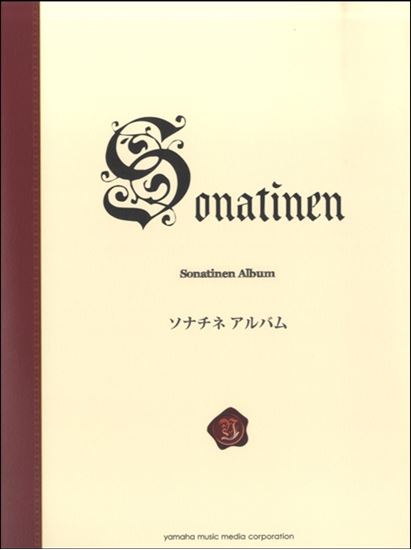Home > omnibus > Sonatine Album 1 > Six Sonatinas No.1 C-Dur > Mov.1 Allegro C-Dur
Kuhlau, Friedrich : Six Sonatinas No.1 Mov.1 Allegro C-Dur
Work Overview
Genre:sonatina
Total Playing Time:2 min 50 sec
Copyright:Public Domain
Commentary (1)
Author : Ooi, Kazurou
Last Updated: January 31, 2019
[Open]
Author : Ooi, Kazurou
This sonatina is included in Zen-On Sonatina Album Vol. 1, and it might be the next easiest sonatina after Clementi's Sonatina, Op. 36-1 in C major. Since there are no hand spans wider than an octave, even lower elementary school students might be able to play it. There are two main points to note in this sonatina.
First, the overall flow must be "lively." It should be played joyfully and lightly, rather than with a heavy or dark atmosphere. To achieve this, be careful not to play at too slow a tempo and ensure clear articulation. This is the first point.
Second is the construction of the character and mood of each section. It would be good if the entire piece had drama, like an opera, but for small children, many might not understand what an opera is. Let's call it a play or a drama. And explain that it is never serious or dark, but joyful and bright, and that at times there might be a little anxiety or sadness, or emotionally intense parts with high tension.
For example, explain that the melody in measures 1-2 expresses joy. Explain that a characteristic of this piece is that four notes descend-ascend-descend. Explain that from the first beat of measure 1, it goes C-G-E-C, descending from C to G, ascending from G to E, and descending from E to C. Now, where else can you find this pattern? Teach this in a game-like manner. Then, you'll find it in the melody line of measures 16, beats 3-4 (C-A-D-F#), and also in measure 19, which is a continuation of this pattern. Explain that these are places where the joy doubles.
However, what about measures 39-40? A little anxiety? Sadness? Anger? Dignity? Ask your students.
Also, this piece contains unusual chords. In measure 24, despite being a piece in a major key, it suddenly becomes minor. Convey that this E-flat is a special, surprising sound. Measures 25-26 contain an augmented sixth chord. This is a chord called a German augmented sixth, composed of the notes A-flat, C, E-flat, and F-sharp, and it is a special chord.
Now, this area is where the piece becomes most dramatic. Please try various ways to explain it to your students.
PTNA & Partner Channel Videos(8items)
Sheet MusicView More
Scores List (19)

(株)エー・ティ・エヌ

(株)音楽之友社

(株)春秋社

(株)全音楽譜出版社

(株)ドレミ楽譜出版社

(株)ドレミ楽譜出版社

(株)ドレミ楽譜出版社

(株)ドレミ楽譜出版社

(株)ヤマハミュージックメディア

(株)ドレミ楽譜出版社

(株)ドレミ楽譜出版社

(株)ヤマハミュージックエンタテインメントホールディングス

(株)ヤマハミュージックエンタテインメントホールディングス

(株)全音楽譜出版社

(株)ヤマハミュージックエンタテインメントホールディングス

(株)共同音楽出版社

(株)音楽之友社

(株)全音楽譜出版社

(株)ヤマハミュージックエンタテインメントホールディングス









